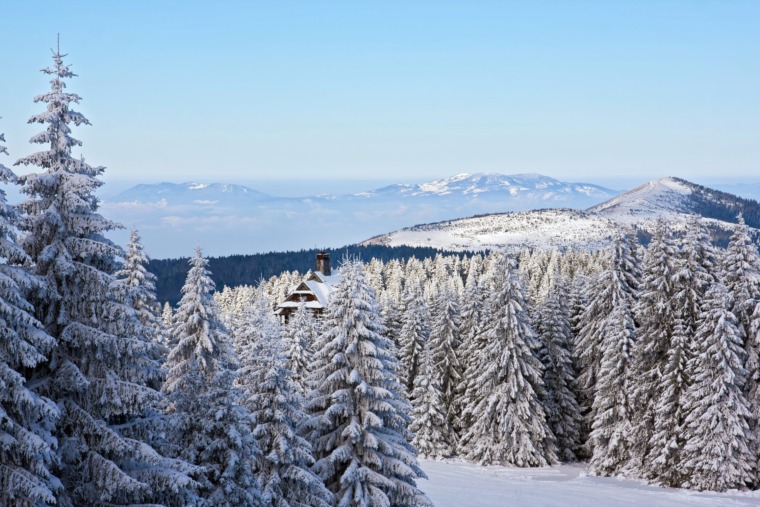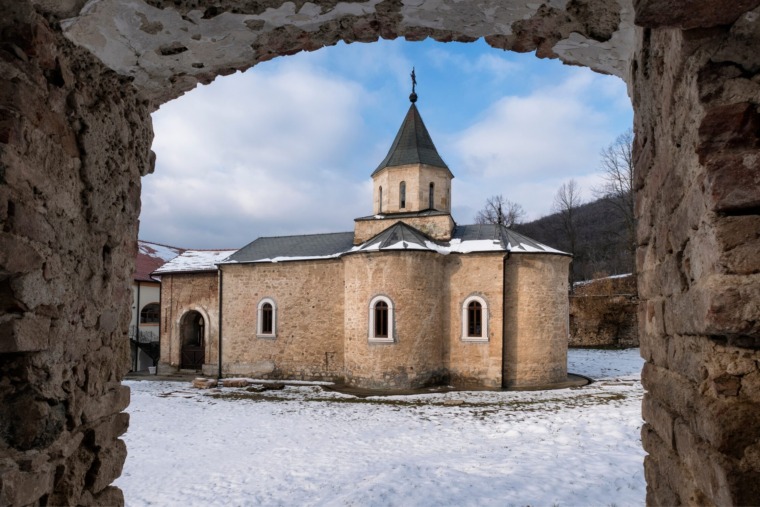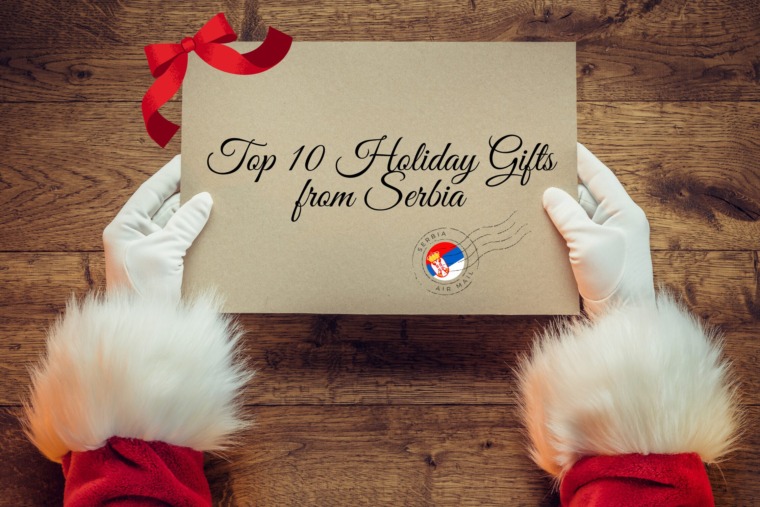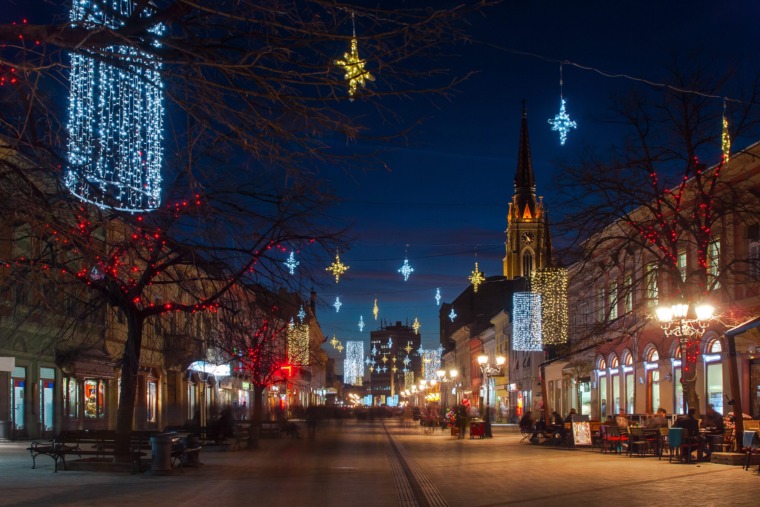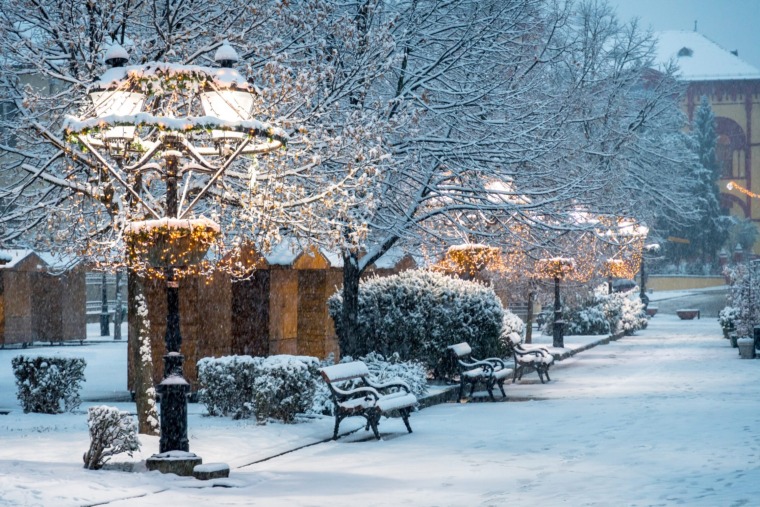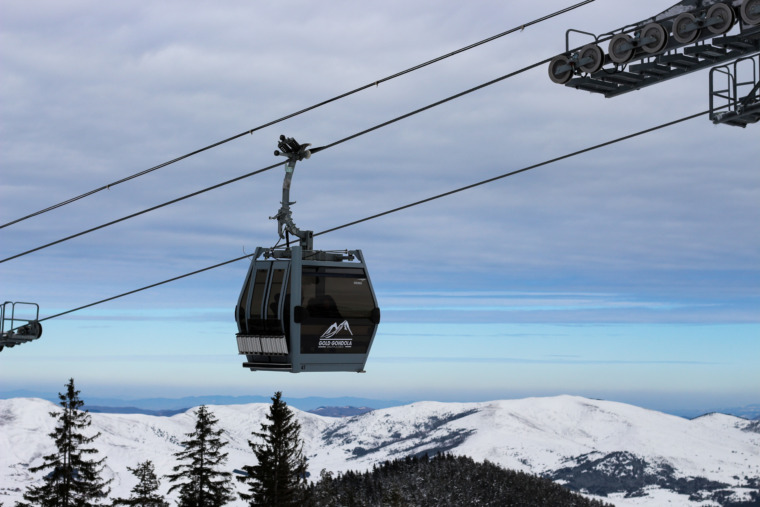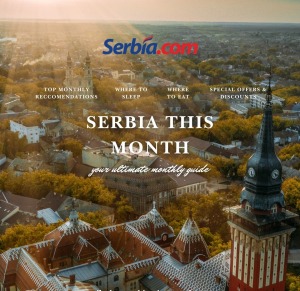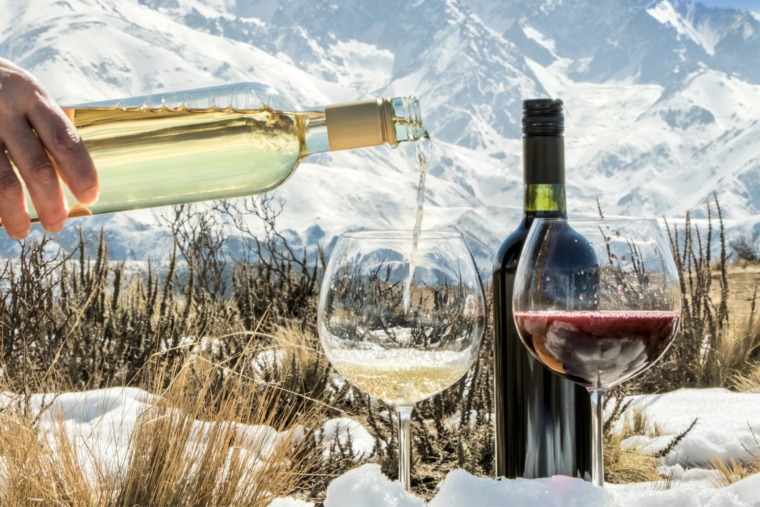
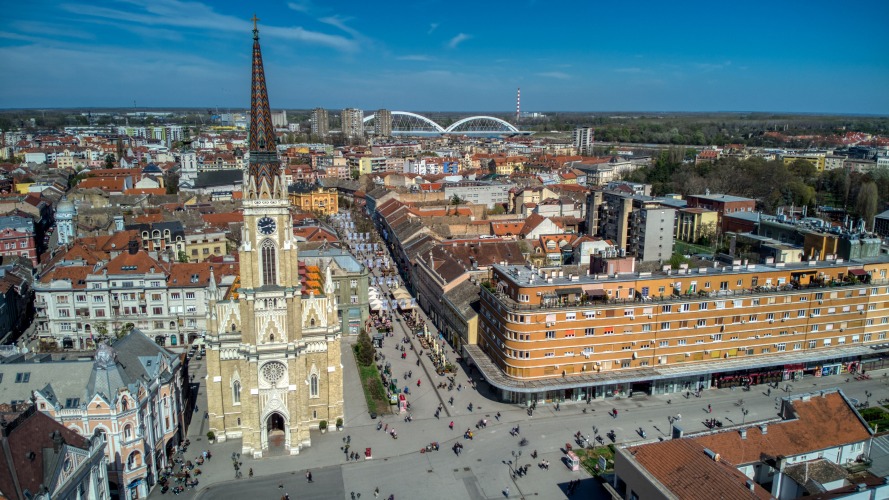
Serbia, a country nestled in the heart of the Balkans, is a treasure trove of rich traditions, vibrant festivals, and warm hospitality. For first-time visitors, understanding Serbian culture can greatly enhance your experience and help you connect with locals on a deeper level. Here is a guide to navigating Serbia’s unique cultural landscape.
1. Warm Hospitality and Slava Traditions
Serbians are renowned for their hospitality. A popular saying, “A guest in the house is like God in the house,” captures the essence of how visitors are treated. Don’t be surprised if you’re offered food and drinks repeatedly—it’s a cultural norm to ensure guests feel welcome.
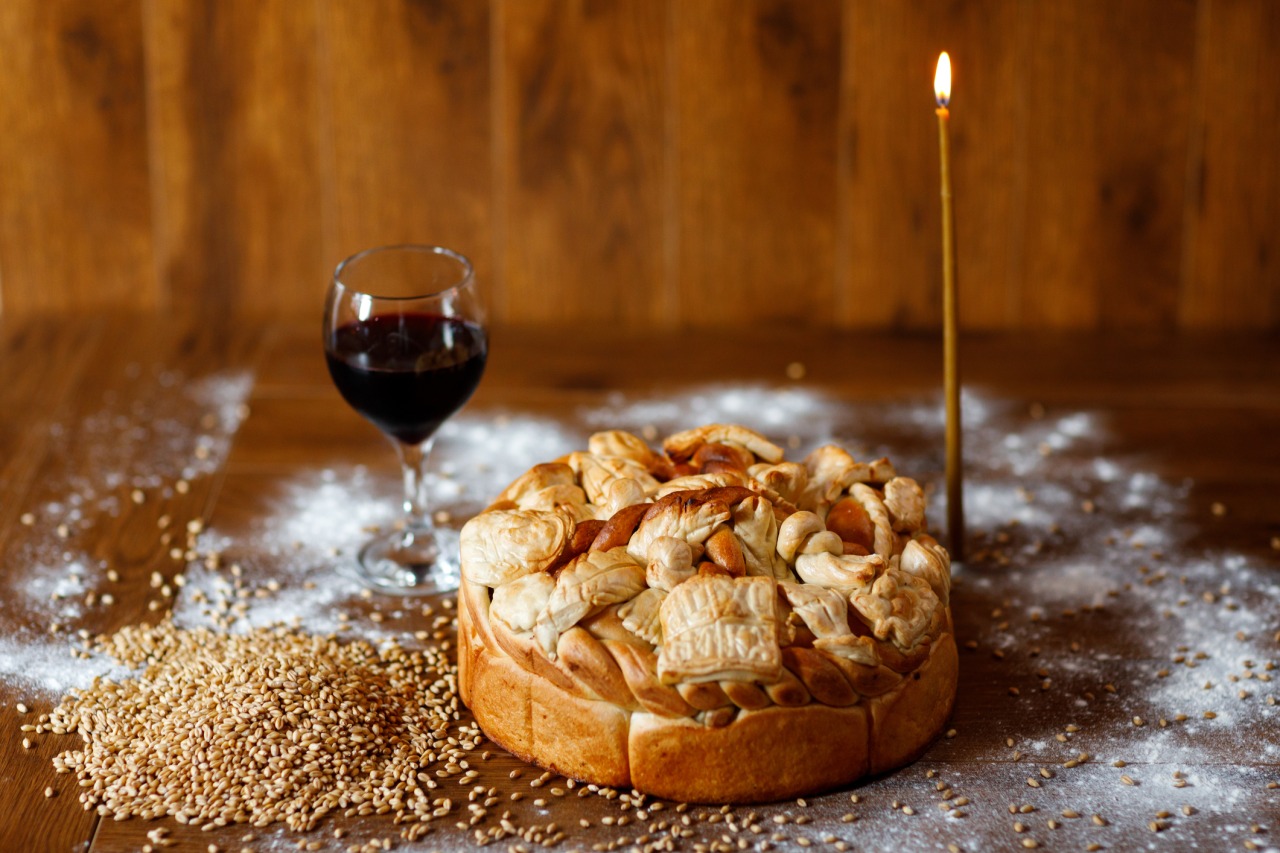
One of the most distinctive Serbian traditions is the Slava, a family feast dedicated to their patron saint. Recognized by UNESCO as an Intangible Cultural Heritage of Humanity, this celebration involves special rituals, traditional foods, and plenty of socializing. If you’re invited to a Slava, consider it an honor, and bring a small gift like wine or flowers.
2. Language and Communication
The official language is Serbian, written in both Cyrillic and Latin alphabets. While younger generations and urban residents often speak English, learning a few basic phrases like “Hvala” (Thank you) or “Molim” (Please/You’re welcome) can go a long way.

Serbians are expressive and direct in their communication. They may appear intense, but it’s simply a reflection of their passionate nature. Physical gestures, such as a firm handshake or a pat on the back, are common, especially among men.
3. Cuisine: A Feast for the Senses
Serbian food is hearty and flavorful, drawing from Balkan, Turkish, and Central European influences. Must-try dishes include ćevapi (grilled minced meat), sarma (cabbage rolls), and kajmak (a creamy dairy spread). Bread is considered sacred, and it’s customary to break rather than cut it during meals.
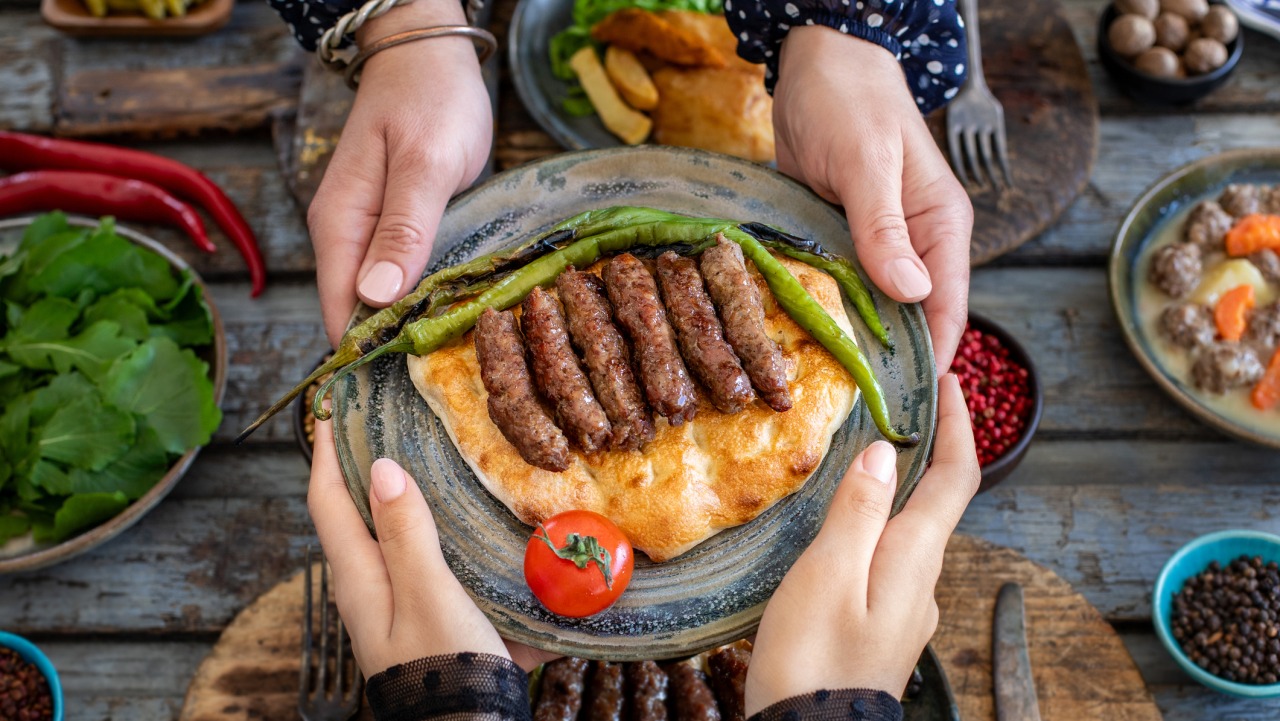
Coffee culture is also significant. Drinking Turkish-style coffee is a daily ritual, often accompanied by lively conversations. If you’re invited for coffee, expect a leisurely visit—this is a time to bond.
4. Music, Dance, and Festivals
Music is the soul of Serbian culture. Traditional folk music and dances, like the kolo, are integral to celebrations. The kolo is a circle dance performed at weddings and festivals, symbolizing unity and joy.
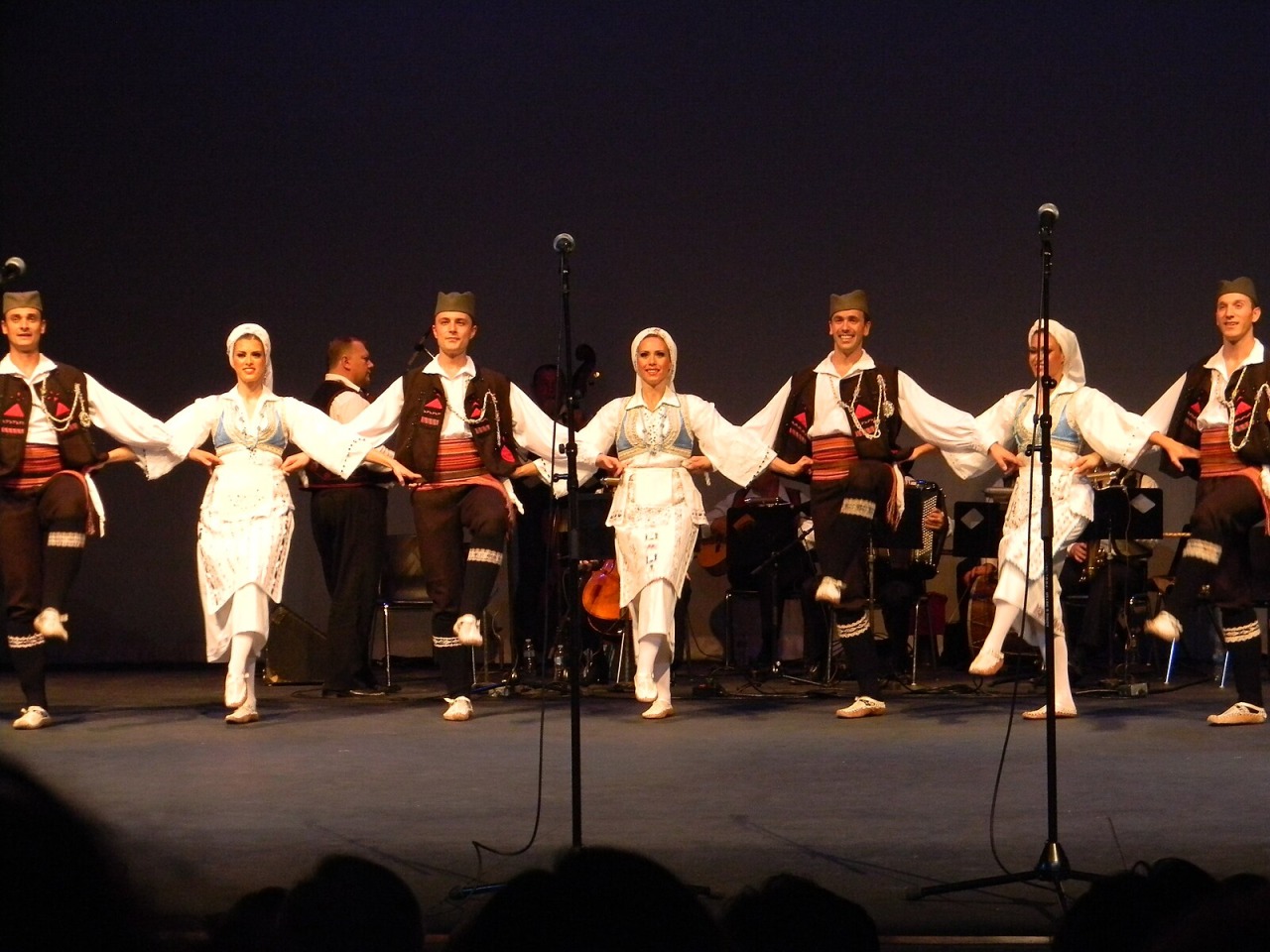
Modern music also thrives, with turbo-folk, rock, and electronic genres gaining popularity. Serbia’s festivals, such as EXIT Festival in Novi Sad and the Guča Trumpet Festival, showcase the country’s diverse musical heritage.
5. Religion and Spirituality
Serbia is predominantly Orthodox Christian, and religion plays a vital role in cultural identity. The country is dotted with stunning monasteries, such as Studenica and Sopoćani, which are UNESCO World Heritage Sites.
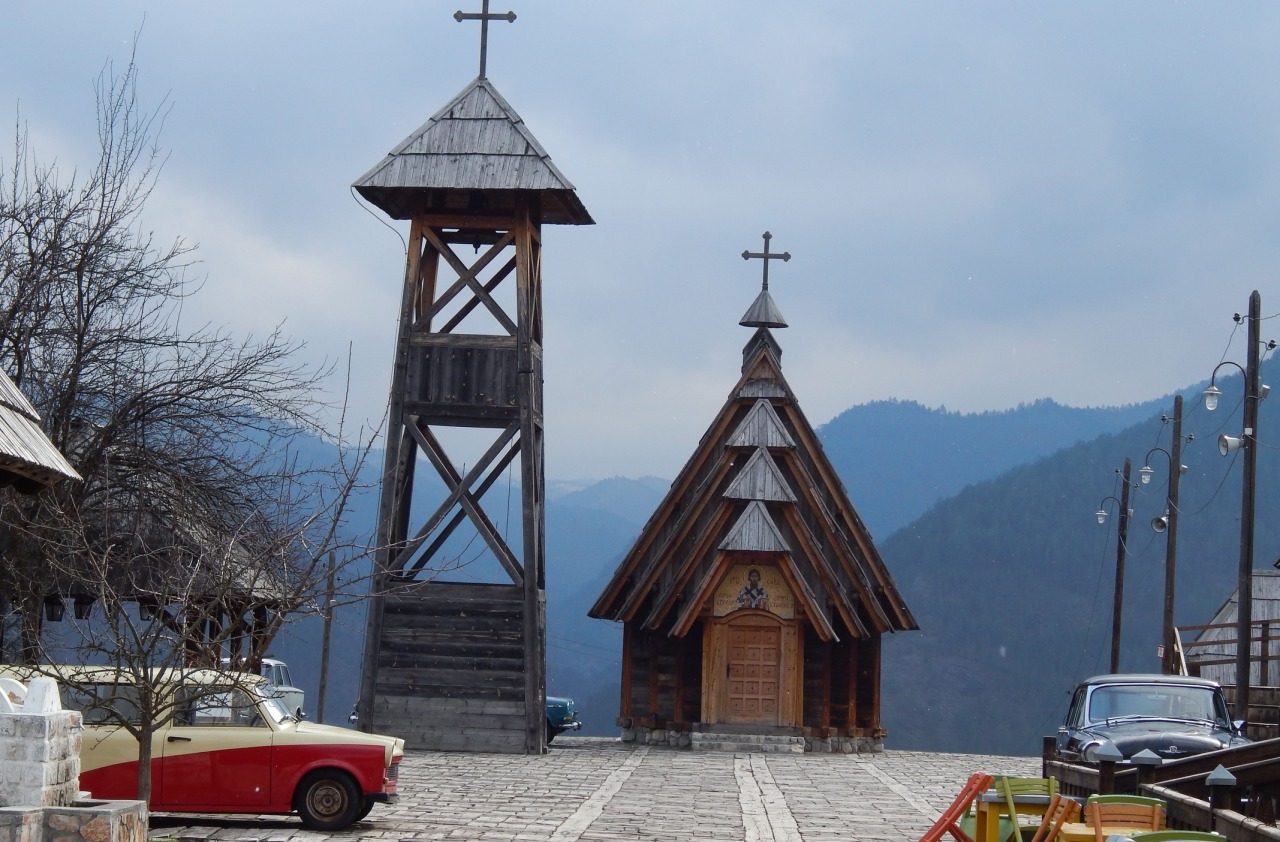
Orthodox Easter and Christmas are celebrated with unique customs, including the preparation of badnjak (oak branches) and česnica (a ceremonial bread). Visitors can partake in these traditions to gain deeper insight into Serbian spirituality.
6. Etiquette and Social Norms
- Greetings: A handshake is standard for initial meetings, but close friends often greet with a kiss on both cheeks (three times).
- Dining: Wait until the host says “Prijatno” (Enjoy your meal) before starting to eat.
- Gifts: When visiting someone’s home, bring a small gift, such as chocolates or flowers. Avoid giving yellow flowers, as they symbolize jealousy.
7. Resilience and Humor
Serbians are proud of their history and resilience. The country has endured wars, political changes, and economic challenges, shaping a people who value perseverance and community.

Humor is a coping mechanism, often self-deprecating and filled with irony. Understanding this humor can help you connect better with locals and appreciate their outlook on life.
8. Embrace the Spirit of Community
Life in Serbia revolves around strong family ties and community. Whether it’s sharing meals, celebrating festivals, or simply enjoying a stroll in the local park, you’ll notice the importance of togetherness.
Conclusion
Serbian culture is a blend of ancient traditions and modern influences, offering a unique and enriching experience for visitors. By understanding and respecting local customs, you’ll not only enjoy your time in Serbia but also build meaningful connections with its people.
So, pack your curiosity and an open heart—Serbia’s vibrant culture awaits!
Related Articles

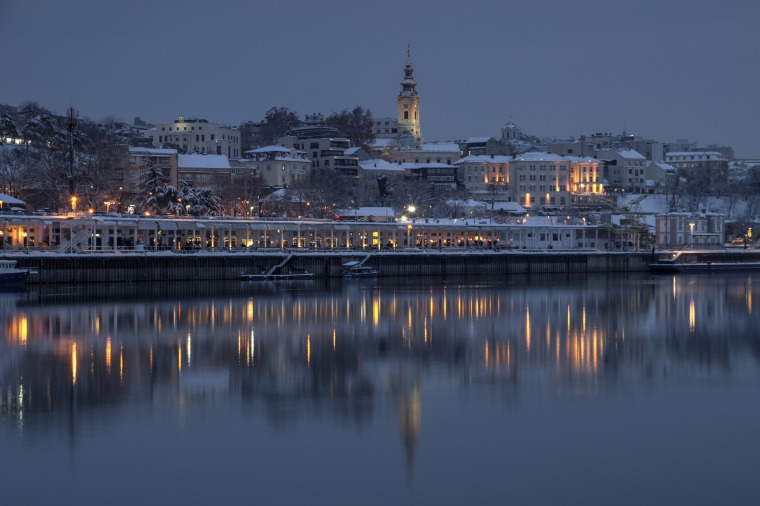
Belgrade in December: A City of Lights, Warmth, and Holiday Magic
December 5, 2025